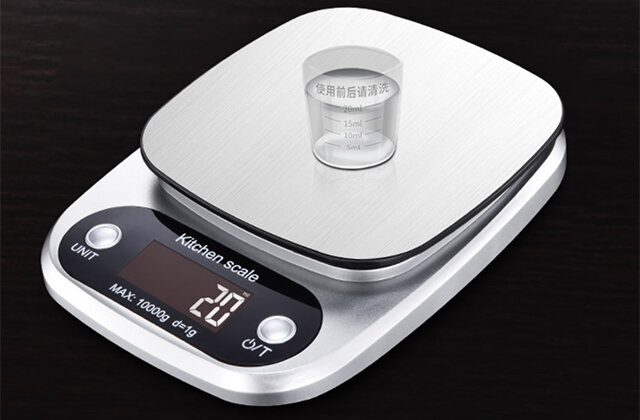1. Electronic scaleSimple check of faults

1. No display
Whether the battery in the machine is under voltage causing it to automatically shut down (there are models with built-in batteries).
Whether the AC power supply voltage is consistent with the voltage marked on the product and whether the fuse is blown (use AC motor type).
2. Unable to charge
Whether the AC power supply voltage is consistent with the voltage marked on the product and whether the fuse is blown (using AC motor type).
3. Digital beating
Whether the sensor connection is good, whether the sensor and display are damp, whether the sensor setting is too small, whether the AD conversion rate is set too high, and whether there is vibration , wind and other interference, and whether the scale platform touches foreign objects.
4. Poor linearity
Whether the sensor protection device works, whether it has been linearly corrected (with linear correction models), and whether the weights used for linear correction are correct (with linear correction models) model), whether the sensor is overloaded.
5. Unable to print
Whether the printer type is set correctly, whether the reading is stable, whether the stable mark is on, whether the printer cable is plugged in, and whether the printer power is on. , whether the printer is online (only 24-pin printer).
6. Unable to accumulate
Whether it returns to the zero position before accumulating, and whether the accumulating key is stable.
7. Unable to communicate through the serial port
Whether the baud rate and sending method are set correctly, whether the RS-232C connection is in good contact, and whether the RS-232C connection is too long.
8. It does not return to zero when it is turned on
Whether the automatic zeroing range is set too small, and whether there are items on the scale platform.
9. Manual zeroing is invalid
Whether the manual zeroing range is set too small and whether the current reading is stable.
10. Unable to weigh
Whether the sensor connection is firm and whether it has been calibrated (models with linear correction must be linearly calibrated first), whether the super user password is used Enter (software protection model), check whether the short circuit correction jumper (lead seal protection model).
11. Does not return to zero after unloading
Whether the zero tracking setting is too small, and whether the scale platform touches foreign objects.
12. Backlight is invalid
Whether the battery is insufficient and the current weight is less than the minimum weighing capacity.
13. Checkweighing is invalid
Whether the current weight is less than the minimum weighing capacity, and whether the checkweighing beep is turned on.
14. Start-up beep
Whether it has been calibrated, whether the sensor connection is intact, and whether a check-weighing setting has been set.
2. Several methods to determine whether the electronic scale sensor is good or bad
1. First of all Check whether the resistance of the sensor has changed. Generally speaking, if it exceeds the nominal resistance by more than 6 ohms, it can be judged as bad.
2. Check whether the excitation voltage is sufficient. Especially when transmitting over long distances, the voltage loss is very serious. It is best to use a 6-core sensor.
3. Check whether there is strong voltage interference in the surrounding area.
4. Measure the resistance of each wire to the ground. If the resistance is less than 500M, it can be determined to be damaged.
5. Check whether the appearance of the sensor is damaged, deformed, or corroded. This is clear at a glance.
Statement: The above methods are derived from the program system index or provided by netizens for reference only. They do not represent the research views of this website and are proven to be effective. Please pay attention to the authenticity and authority of the source of the content. Apply for deletion >> Correction >>
If the website content violates your rights, please contact us to delete it。








